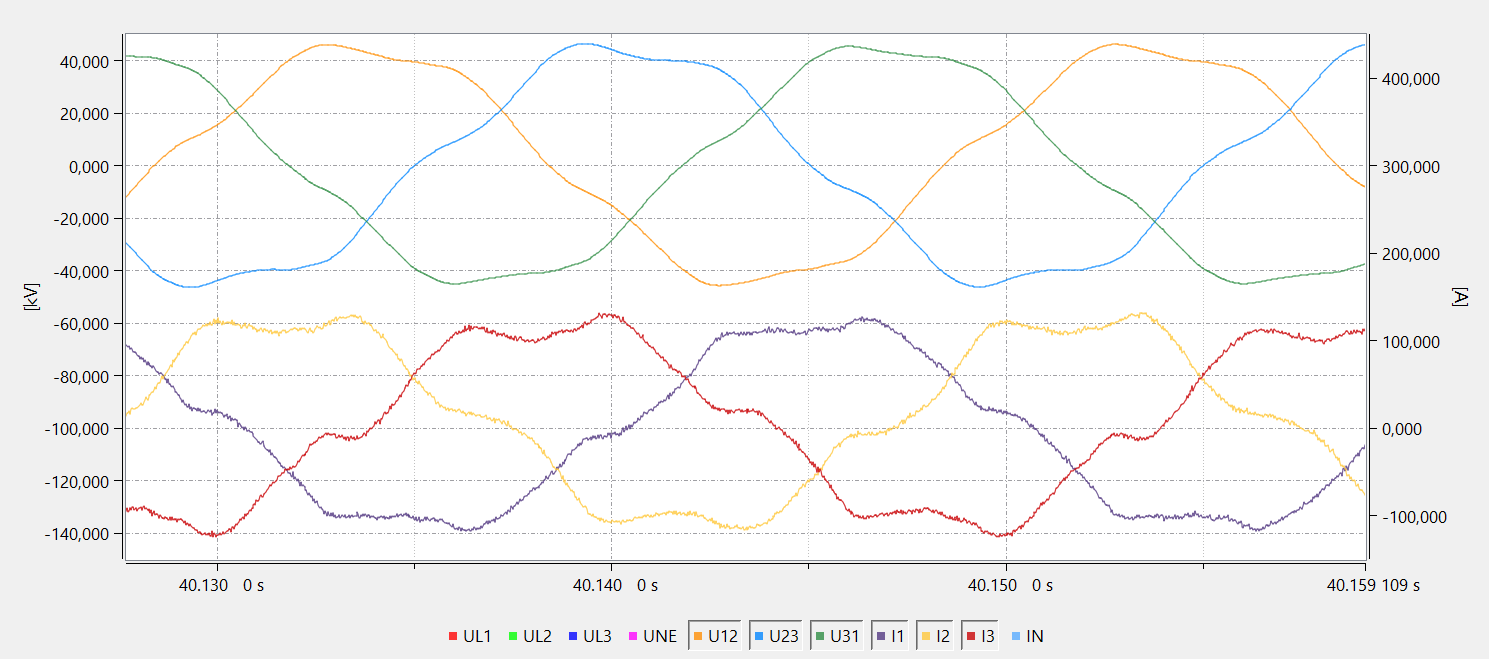
Lazy Renewables
For several years, we have been noticing power electronic feeders, such as photovoltaic inverters, wind turbines, and battery storage systems, that exhibit a striking similarity in current and voltage waveforms.
What is desirable and advantageous for purely resistive loads - namely the pure consumption of active power without fundamental and harmonic reactive power - has an unfavorable effect on the power quality in all voltage levels for feeders of electrical energy. This is because, in the classical sense, the current of the connected loads - and thus the ideal sinusoidal waveform of the voltage - is more the central control parameter there. This applies just as much to large synchronous generators in power plants as it does to generators in emergency power systems and the power electronics on the secondary side of UPS systems. A synchronous generator - even a synchronous motor - will react to deviations of the voltage from the sinusoidal form with a correspondingly opposite current feed. Due to this principle of operation, in simple terms, the classical power plant generators always provide the reactive power at the fundamental frequency and at the harmonics demanded by the loads. This is at least within the design-related possibilities.
However, if a modern power electronic feeder largely follows the voltage curve with its current control, it optimizes its own frequency-dependent reactive current, but at the same time denies the grid the reactive power required by the consumers. Thus, in the worst case, it even acts as an "amplifier" of the grid disturbances. We have been able to measure such effects statically in the frequency range and dynamically in the transient range again and again.
>> Contact us if you suspect similar effects in your plant.
Now, this frequency-dependent reactive power can also be provided by active, passive or hybrid filter systems. However, these possibilities already exist in purely physical terms in the aforementioned power supply systems. Put simply, all that is just missing is the corresponding control parameter in the control system of such plants.
A rethink of approval and standardization is called for here. It is of little help if the relevant standards demand the lowest possible current harmonics from power feeders. It would be more helpful to promote such systems which, in addition to supporting the voltage, also participate effectively in maintaining the shape of the sinus waveform. Just like the good old synchronous generator in the power plant.